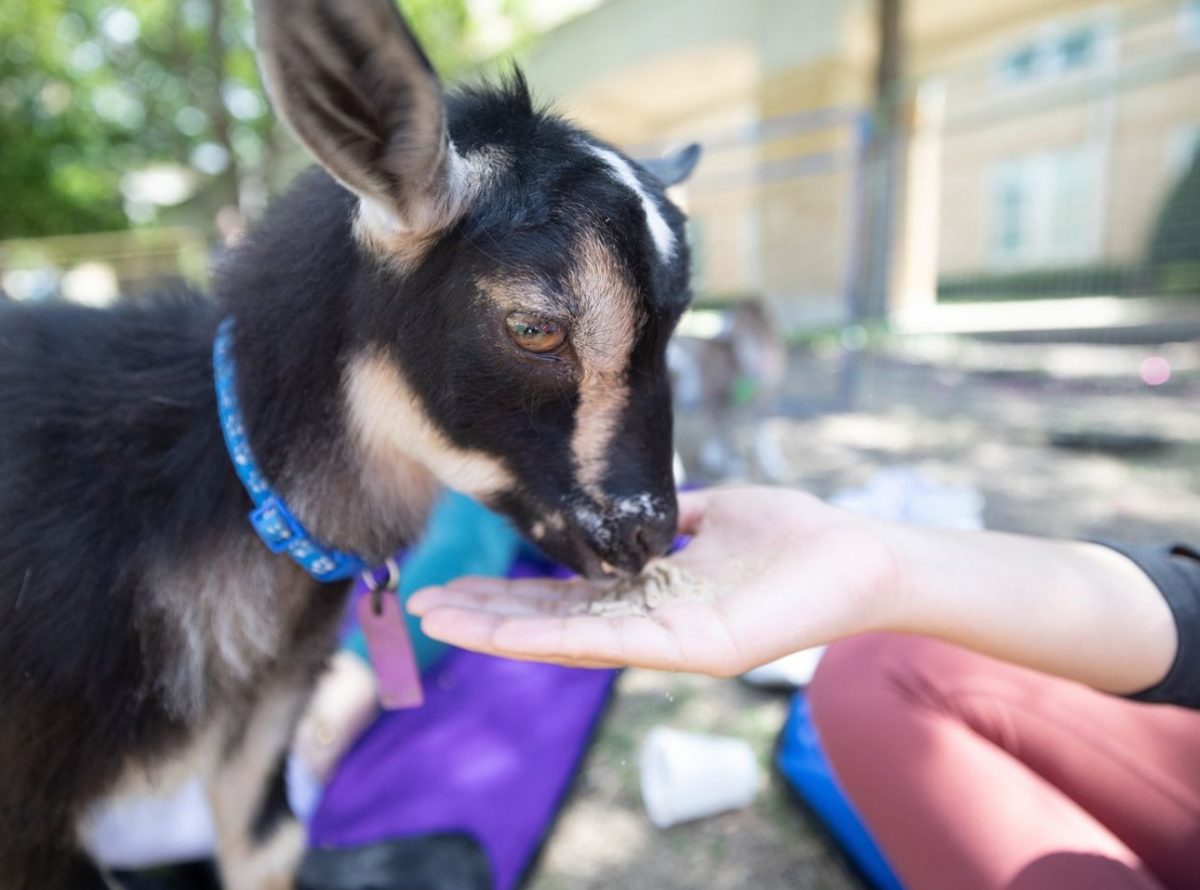Faculty members across campus are working to help graduate students learn to become both good teachers and good researchers.While most colleges at TCU have no formal method of teaching graduate students how to become better teachers, professors are offering individualized support, said Jeff Coffer, professor and chair of the chemistry department.
The principles graduate professors were hired on are the same principles they are teaching their students, said Bonnie Blackwell, an assistant professor and the director of graduate studies for English.
These principles are the teacher-scholar idea of 40 percent teacher, 40 percent scholar and 20 percent service, an idea that promotes graduate students as both teachers and researchers, Blackwell said.
TCU had 1,578 graduate students in fall 2005, according to the TCU Fact Book. However, the exact number of graduate students who also assistant teach.
Giridhar Akkaraju, an assistant professor of biology, said his graduates split their time between teaching during the year and researching during the summer.
Akkaraju said he takes time to talk with his teaching assistants about how to prepare and work with students. He also sits in on their classes so he can give them advice on how to improve.
“I try to teach the students to teach, but there’s no formal course they take that trains them how to teach,” Akkaraju said.
Graduate teaching assistants are helpful to undergraduates because they have a better ability to understand the problems students are having, said Sylvia Garcia, a freshman English major.
“I think it’s a good thing because they have a different perspective than the professor,” Garcia said.
Mandy Williams, a sophomore habilitation of the deaf major, said she thinks having a teaching assistant is good because they are closer to her age.
“It’s easy to relate to them, because they have been through the course,” Williams said.
The history department maintains the idea of a hybrid as well, said Tina Cannon, a history graduate student.
A lot of research history graduate students do is for their dissertations, and students interested in teaching can apply to spend a year grading for a professor and then teach an introductory level course, Cannon said.
History graduate students are required to take a course called History as an Academic Profession to teach them how to put together an academic resume and different teaching methods, such as using PowerPoint in a lecture, Cannon said.
Most students in the history graduate program go on to teach, Cannon said.
In contrast to being trained to teach, research is encouraged in the environmental science department, said Andrew Waltke, an environmental science graduate student and biology teaching assistant.
“They’ve been getting specific grants to help with student-led research, so people can do better projects and have more funds for it,” Waltke said.
Waltke said it’s important to emphasize teaching in general because, without it, people will lose the skills to present and communicate their ideas.
“I love the fact that teaching is almost like a form of parenting in the way that you have the ability to shape someone’s mind,” Waltke said.




